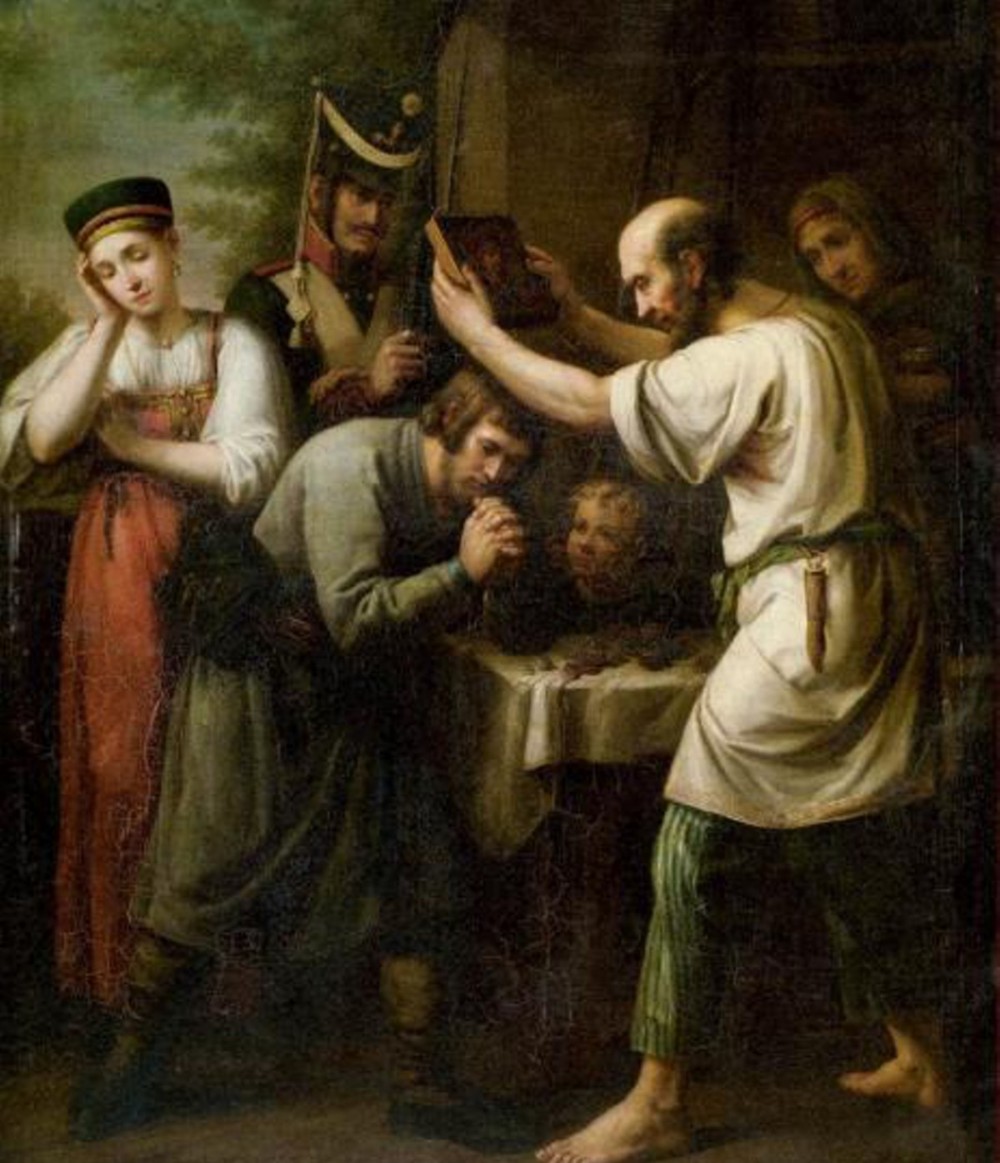
The article focuses on the fact that after the annexation of the Right Bank Ukraine in 1792—1795 by the Russian Empire, the Poles, as its native inhabitants, fell into a lane of complicated social life. This was due to the ambiguous attitude of the Russian autocracy to the Polish minority, and the lack of strategic approaches to resolving the nobility issue. To be legitimized in the Russian aristocratic state the Polish nobility had to submit to the authorities the documents confirming their privileged position. Most of the nobility, primarily landless, was unable to provide necessary documents on time and lost their aristocratic status, thus joining the ranks of the odnodvorsty. Another part of it, due to poverty and ignorance, moved into the peasantry, unable to prove aristocratic origin. All declassed gentry, together with the peasantry and the burghers, were classified as taxpayers and were forced to perform a recruiting service. In particular, they became the social base for filling the national militia in 1806 and 1812 and during the Crimean War of 1853—1856. From the beginning of the XIXth century the punitive function of recruiting became more and more clear. A large number of Polish nobility was punished by a soldier service for participating in the rebellions of 1830—1831 and 1863—1864. Those recruits were usually sent outside the Right Bank and Ukraine, for example, to the Separate Siberian and Separate Caucasian Corps. Among the punished by recruiting were representatives of the Roman Catholic clergy. At the same time, in order to increase the number of recruits, the tsarist government allowed burghers and state peasants to hire soldiers from the odnodvorsty in the future recruitment kits.
Source: Filinyuk A. G., Sydoruk S. A. (2017). The Recruiting Duty as a Means of Punishment of the Poles in the Right-Bank-Ukraine by the Russian Autocracy For Participation in the Rebellions in 1830-1831 and 1863. Intermarum: istoriya, polityka, kulʹtura. №4: 149-162
Source web-site: http://intermarum.zu.edu.ua/article/view/134952/131740
Number of views: 2804